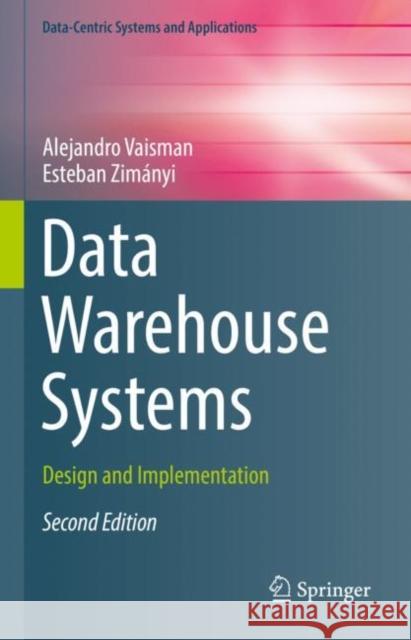Data Warehouse Systems: Design and Implementation » książka
topmenu
Data Warehouse Systems: Design and Implementation
ISBN-13: 9783662651667 / Angielski / Twarda / 2022 / 696 str.
Data Warehouse Systems: Design and Implementation
ISBN-13: 9783662651667 / Angielski / Twarda / 2022 / 696 str.
cena 402,53
(netto: 383,36 VAT: 5%)
Najniższa cena z 30 dni: 385,52
(netto: 383,36 VAT: 5%)
Najniższa cena z 30 dni: 385,52
Termin realizacji zamówienia:
ok. 22 dni roboczych.
ok. 22 dni roboczych.
Darmowa dostawa!
Kategorie:
Kategorie BISAC:
Wydawca:
Springer-Verlag Berlin and Heidelberg GmbH &
Seria wydawnicza:
Język:
Angielski
ISBN-13:
9783662651667
Rok wydania:
2022
Ilość stron:
696
Wymiary:
23.5 x 15.5
Oprawa:
Twarda
Dodatkowe informacje:
Wydanie ilustrowane











